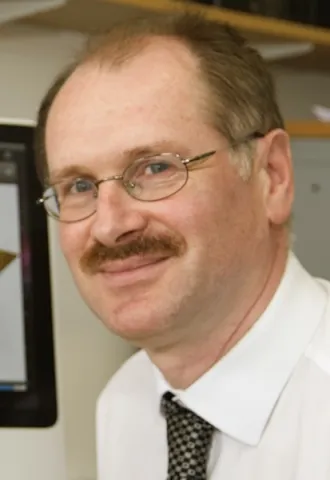About the project
We can obtain complementary information about the composition of Earth’s mantle and crust from seismic and electromagnetic signals. The project will explore the detection of seismic signals by seafloor electromagnetic sensors and vice versa, using several datasets including new data collected in September 2023 with co-located seismic and electromagnetic sensors.
The seismic and electrical properties of rocks beneath the seafloor provide complementary information on the composition of the rock and the pore fluids stored within it, with applications including the energy transition. Therefore marine geophysicists use seismic and electromagnetic waves recorded on seafloor instruments to study a variety of Earth processes. Seismic and electromagnetic survey techniques have been developed separately and are commonly conducted separately. There is some evidence that electromagnetic field sensors in the ocean are sensitive to the passage of seismic waves because of the resulting motion through the Earth’s magnetic field, but opportunities to use a single sensor type for both types of survey are yet to be fully exploited.
The student will use a new active-source dataset, collected to study structures resulting from continental breakup, that involved co-located seismic and electromagnetic sensors. They will explore what can be learned about Earth structure from seismic signals recorded on a variety of electromagnetic sensors, and the extent to which electromagnetic signals are recorded by seismic sensors. They also will derive from these data some physical insights into how the various signals are generated, with opportunities to test those insights in a more controlled environment either in a laboratory or in shallow water near Southampton. Finally they will apply these insights to other datasets where seismic signals have been recorded on seafloor electromagnetic instruments, and perhaps vice versa. Ultimately the project may lead to new types of geophysical experiment. The student will be based in Southampton but will also spend time at Scripps Institution of Oceanography in San Diego, California.
You will also be supervised by organisations other than the University of Southampton, including Dr Gaye Bayrakci from the National Oceanography Centre and Steve Constable from Marine EM Laboratory.
